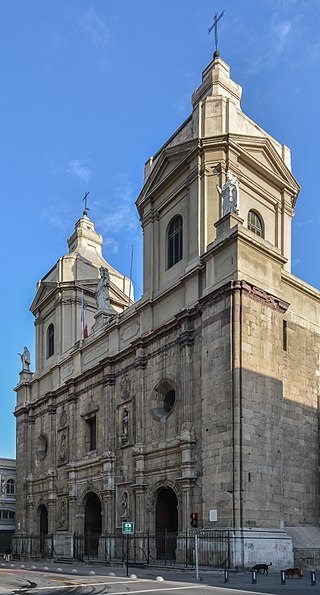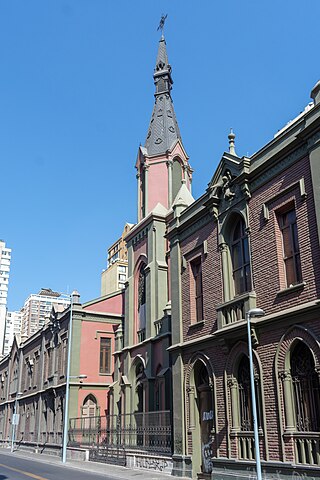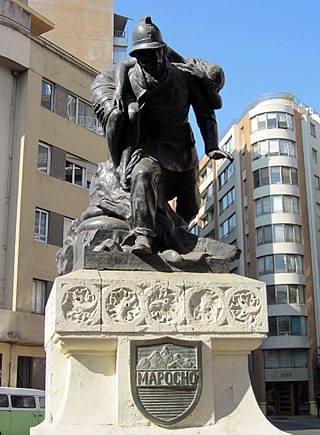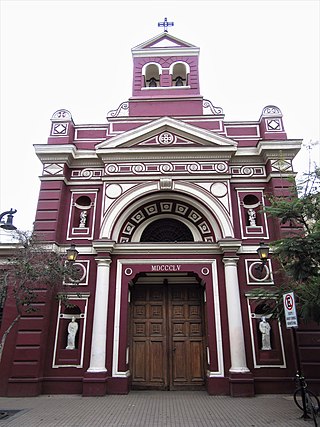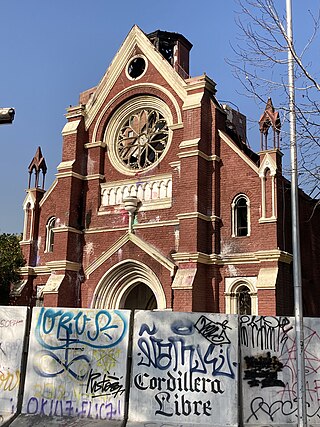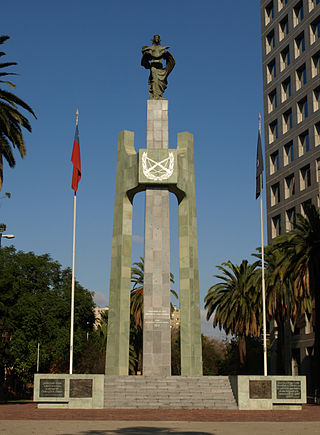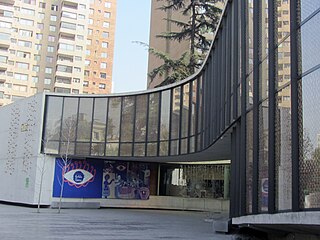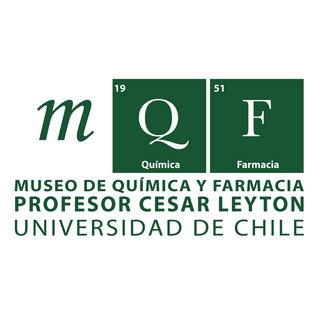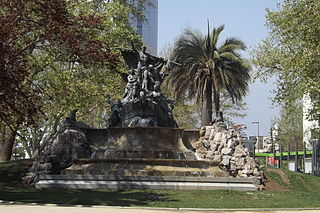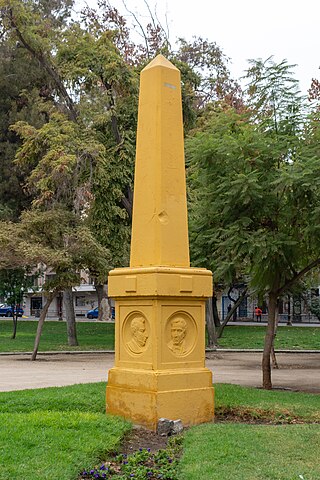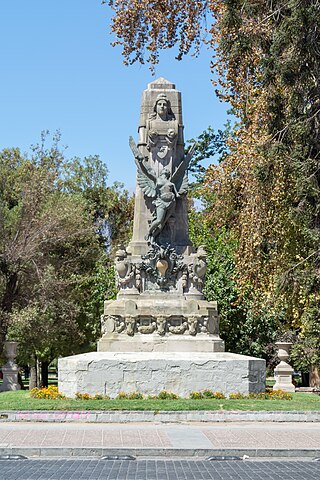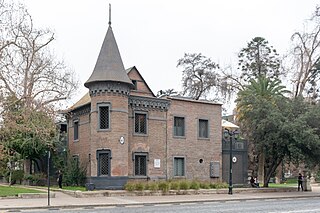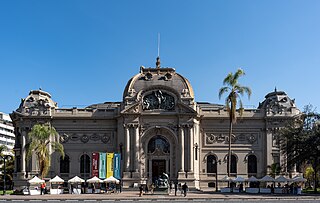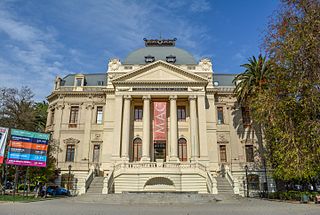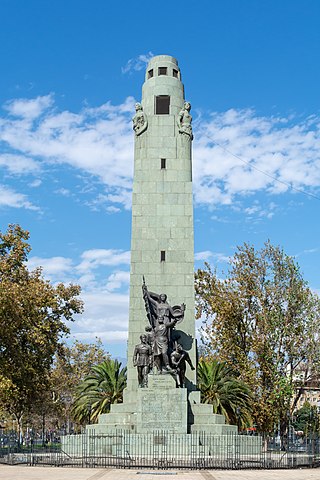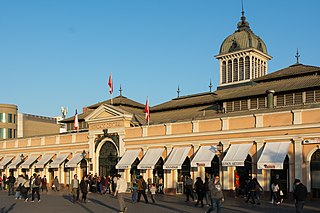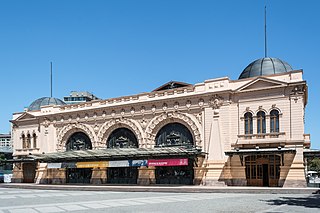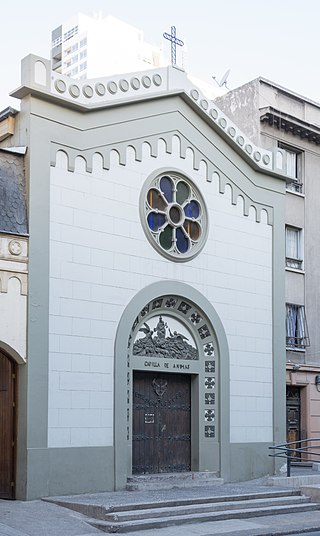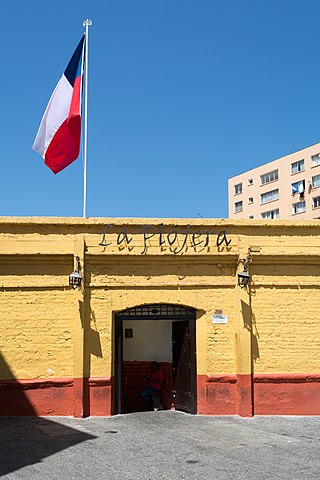Self-guided Sightseeing Tour #3 in Santiago, Chile
Legend
Guided Free Walking Tours
Book free guided walking tours in Santiago.
Guided Sightseeing Tours
Book guided sightseeing tours and activities in Santiago.
Tour Facts
12.4 km
306 m
Experience Santiago in Chile in a whole new way with our free self-guided sightseeing tour. This site not only offers you practical information and insider tips, but also a rich variety of activities and sights you shouldn't miss. Whether you love art and culture, want to explore historical sites or simply want to experience the vibrant atmosphere of a lively city - you'll find everything you need for your personal adventure here.
Activities in SantiagoIndividual Sights in SantiagoSight 1: Javiera Carrera
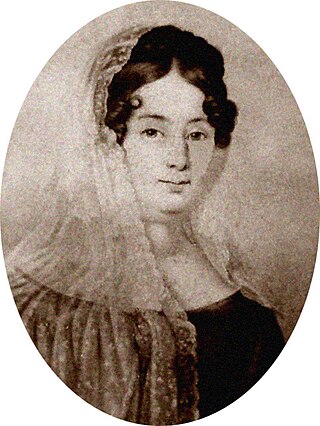
Francisca Xaviera Eudoxia Rudecinda Carmen de los Dolores de la Carrera y Verdugo, better known as Javiera Carrera, was a Chilean independence activist. Together with her brothers José Miguel, Juan José and Luis, she was one of the leading figures of the early Chilean struggle for independence during the period known as the Patria Vieja. She is credited with having sewn the first national flag of Chile and is considered to be the "Mother of Chile".
Sight 2: Fuente Neptuno
The source of Neptune is a monumental source located on the Santa Lucía hill, in the Chilean commune of Santiago Centro, dedicated to the Roman god of the seas, Neptune. The sculpture can be included in the so -called "industrial sculpture", for series of several copies from the same mold. He was commissioned by the Chilean State to France, specifically to the Val D´osne Foundry that takes as a model the one created in 1856-7 by the Frenchman Gabriel-Vital Dubray (1813-1892), and which became world popular during the international exhibition of London in 1862. Its initial destination was the central flag of the Alameda of the Delicias, being installed in 1859, when it was still the main capital walk and its appearance was far from the current one. It is the main ornamentation of entry into hill from Alameda, as part of the city's beautification works. Years later it was placed in the current location during the first century of independent Chile, differentiating itself in the architectural style of colonial chili. The initial design of the work was commissioned to the French architect Victor Henri Villeneuve, and then ended by the Chilean Benjamín Marambio.
Sight 3: Ermita Vicuña Mackenna
The Hermitage of Santa Lucía Hill is a Catholic temple located at the top of the hill, in the center of the city of Santiago, Chile. Inside is the tomb of the mayor of Santiago Benjamín Vicuña Mackenna, the main promoter of the transformation of the hill into an urban park, and his family.
Sight 4: Cerro Santa Lucía
Get Ticket*Santa Lucía Hill, also known in Mapuche as Huelén Hill, is a small hill in the centre of Santiago, Chile. It is situated between Alameda del Libertador Bernardo O'Higgins in the south, Santa Lucía Street in the west and Victoria Subercaseaux on the east. An adjacent metro station is named after it. The hill has an altitude of 629 m and a height of 69 m over the surrounding area. The hill is the remnant of a volcano 15 million years old.
Sight 5: Castillo Hidalgo
The Hidalgo Castle is a building located at the top of Santa Lucía Hill, in the city of Santiago, Chile. It was built in 1816 by order of the governor of Chile during the Reconquest, Casimiro Marcó del Pont, for the defense of the city, with the name of Santa Lucía Battery. The design and engineering works of the fort or castle were under the direction of the Brigadier of the Royal Corps of Engineers Manuel Olaguer Feliú.
Sight 6: Museo de Arte Colonial de San Francisco
Museo Colonial is a historical, cultural and religious museum located in Santiago, Chile. The museum explores the colonial period of Chile and South America, with a collection of paintings, sculpture, furniture and other objects. Many of the pieces are religious, and were created in Peru, the former colonial capital. The museum also features a genealogical tree of the Franciscan Order which is "gigantic" in size and includes 644 miniature portraits.
Sight 7: Iglesia de San Francisco
The San Francisco Church is a Franciscan church on Avenida Libertador General Bernardo O'Higgins, in the downtown of Santiago de Chile. The church, along with the adjacent convent, is one of the oldest colonial-era buildings in the country. It has been resistant to about 15 earthquakes of magnitude over 7.
Sight 8: Teatro Municipal de Santiago
The Teatro Municipal, National Opera of Chile is the most important stage theatre and opera house in Santiago, Chile.
Sight 9: Cristo de Mayo
The Lord of Agony, popularly known as Christ of May or Lord of the Tremors, is a venerated wooden crucifix of Chilean Baroque and colonial sacred art, guarded by the Augustinian friars in the Church of San Agustín. The sculpture was carved in 1613 by Fray Pedro De Figueroa O.S.A. and was the first by a known author in Chile. After the Earthquake of 1647, an annual procession began that became the oldest tradition in the country. The figure has also been related to Catalina de los Ríos y Lísperguer.
Sight 10: Church of Saint Augustine
Iglesia de San Agustín — Our Lady of Grace, commonly known as Church of St Augustine or Templo de San Agustín, is owned by the Order of Saint Augustine. It is a Catholic church, located at the southeast corner of Agustinas and Estado streets, in downtown Santiago, Chile.
Sight 11: Museo Numismático
The Numismatic Museum of the Central Bank of Chile is a museum located in Santiago de Chile, dedicated to exhibiting the history of banknotes and coins in the country as well as a collection from different countries. It was inaugurated on May 18, 2012. Previously, during the 1980s, the "Museum of the Monetary History of Chile" existed in the Central Bank, a project that had begun in October 1974 and whose director around 1981 was Ambrosio Andonaegui, and which was not open to the public.
Wikipedia: Museo Numismático del Banco Central de Chile (ES), Website
Sight 12: Plaza de la Constitución
Get Ticket*The Plaza de la Constitución is a plaza occupying a full square block in the heart of the civic district of Santiago, Chile. It is located in front of the northern facade of the Palacio de la Moneda and is surrounded by other government buildings such as those housing the Ministry of Finance, Ministry of Foreign Affairs, Ministry of Justice, Banco Central de Chile and the Intendencia de Santiago. The square is bounded by Moneda Street on the south, Morandé Street on the east, Agustinas Street on the north, and Teatinos Street on the west.
Sight 13: Edificio de la ex Caja de Crédito Hipotecario
The edificio de la ex Caja de Crédito Hipotecario is a building located at 1234 Huérfanos Street, in downtown Santiago, Chile. Designed by architect Ricardo Larraín Bravo, it was built between 1915 and 1920 for the Caja de Crédito Hipotecario, and as of 2016, it serves as the seat of the Tribunal Constitucional.
Wikipedia: Edificio de la ex Caja de Crédito Hipotecario (EN)
Sight 14: Museum of Precolombian Art
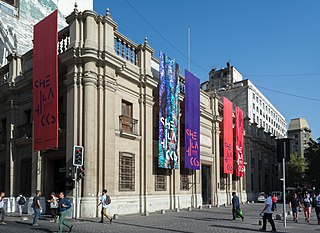
The Chilean Museum of Pre-Columbian Art is an art museum dedicated to the study and display of pre-Columbian artworks and artifacts from Central and South America.
Sight 15: Palacio de los Tribunales de Justicia
The Palacio de los Tribunales de Justicia de Santiago is the building housing the Supreme Court of Chile, the Court of Appeals of Santiago, and the Court-martial Court of the Chilean Army, Chilean Air Force and Carabineros de Chile. It occupies a full block-front of Compañía Street between Bandera and Morandé Streets. The building diagonally faces the Palacio de la Real Aduana, which houses the Museo Chileno de Arte Precolombino, and Montt Varas Square sits in front.
Wikipedia: Palacio de los Tribunales de Justicia de Santiago (EN), Website
Sight 16: Palacio Edwards
The Edwards Palace, also known as the September Club Palace, is a property located in Santiago de Chile, specifically on the northeast corner of Catedral and Morandé, in front of the gardens of the former National Congress building.
Sight 17: Palacio Huneeus Valdés
The Huneeus Palace, also called the Huneeus Valdés Palace, is a building located in the center of Santiago de Chile, in front of the building of the former National Congress of Chile and next to the homonymous building, separated from it by the Jorge Huneeus passage, adjoining to the east with the García de la Huerta Izquierdo Palace. Its construction is attributed to the architect Fermín Vivaceta.
Sight 18: Museo Histórico Nacional
The Palacio de la Real Audiencia de Santiago is a building located in the north central village of the Plaza de Armas in Santiago, Chile. The building dates back to 1808 and houses, since 1982, the National History Museum of Chile.
Sight 19: Pedro de Valdivia
Get Ticket*The equestrian statue of Pedro de Valdivia, located in the Plaza de Armas of the city of Santiago, Chile, is a bronze sculpture that represents the conquistador Pedro de Valdivia with the founding act of the capital. The work of sculptor Enrique Pérez, it was inaugurated on July 25, 1963 in its original location at the northern access to Santa Lucía Hill.
Sight 20: Monumento a la Libertad Americana
The Monument to American Freedom is a marble sculpture located in the center of the Plaza de Armas in Santiago, Chile. The work of the Italian sculptor Francesco Orselino, it was commissioned by the diplomat Francisco Javier Rosales in 1827, and installed in the square by decree authorized by Diego Portales on April 25, 1836.
Sight 21: Museo de Arte Sagrado
The Museo de Arte Sagrado is a religious art museum located in Santiago, Chile. The museum is located behind the Santiago Metropolitan Cathedral, and features a courtyard and colonial architecture. The museum features a collection of Jesuit silverware and religious paintings, sculpture, and furniture.
Sight 22: Museo de Bomberos de Santiago (MUBO)
The Santiago Firefighters Museum (MuBo) is a cultural institution located in the district of Santiago Centro, in Santiago de Chile.
Sight 23: Iglesia de Santo Domingo
The Santo Domingo Church is a Dominican church in the historical downtown of Santiago de Chile. It is located at the corner of Santo Domingo Street and 21 de Mayo Street.
Sight 24: Iglesia de San Pedro
The Church of San Pedro is a temple Catholic street located on Mac-Iver Street, in the center of the city of Santiago, Chile. Designed by the architect Emilio Doyère, and inaugurated in 1896, it is under the administration of the Congregation of Our Lady of Charity of the Good Shepherd. The church was declared a historical monument by Supreme Decree No. 705 of October 8, 1990.
Sight 25: Monumento al Bombero Voluntario
The voluntary firefighter monument is a sculptural steel set located near the Forest Park, in the city of Santiago, Chile. He was commissioned by the Illustrious Municipality of Santiago in 1913 to the sculptor Antonio Coll and Pi, on the occasion of the fiftieth anniversary of the creation of the Santiago Fire Department.
Sight 26: Arnaldo Tapia Caballero
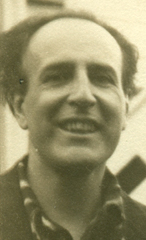
Arnaldo Tapia Caballero was a Chilean pianist, teacher and diplomat.
Sight 27: Museo de Artes Visuales
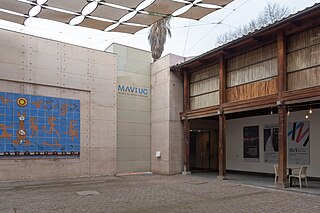
The Museum of Visual Arts (MAVI) is located next to the Archaeological Museum of Santiago, in the Plaza Mulato Gil de Castro, in the Lastarria neighborhood of the city of Santiago, Chile.
Sight 28: Iglesia de La Veracruz
The Iglesia de la Vera Cruz or de la Veracruz is a Catholic church located in Barrio Lastarria in the center of Santiago, Chile.
Sight 29: Daniel Zamudio
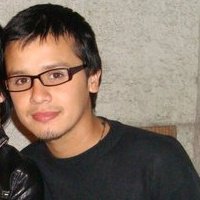
Daniel Mauricio Zamudio Vera was a Chilean man whose murder in 2012 became a symbol against homophobic violence in Chile. Zamudio, who identified as gay, was beaten and tortured for several hours in San Borja Park in downtown Santiago on March 2, 2012, by four attackers linked to a neo-Nazi gang. His death and the subsequent media attention helped accelerate legislation against discrimination and opened doors to greater acceptance and tolerance of differences in the conservative country.
Sight 30: Parroquia San Francisco de Borja
The church of San Francisco de Borja, former chapel or church of the Sacred Heart of Jesus of the San Borja Hospital, is a neo-Gothic Catholic temple of 1876, which is intended for the religious service of the Carabineros de Chile. It is located at 160 Carabineros Street, behind the Gloria y Victoria monument and the Alameda Bernardo O'Higgins at number 239.
Wikipedia: Iglesia de San Francisco de Borja (Santiago de Chile) (ES)
Sight 31: Gloria y Victoria
Gloria y Victoria is the name given to the memorial to the martyrs of the Carabineros de Chile who fell in the line of duty. Located at 200 Avenida Libertador General Bernardo O'Higgins, in Santiago, the country's capital, it is made of concrete with stone slab cladding and has a height of 23 m. This work was made by the Chilean sculptor Héctor Román Latorre.
Sight 32: Museo Violeta Parra
The Violeta Parra Museum is an art museum and cultural center located in the commune and city of Santiago, Chile. Inaugurated on October 4, 2015, it seeks to preserve and promote the work of Chilean artist Violeta Parra.
Sight 33: Parroquia La Asunción
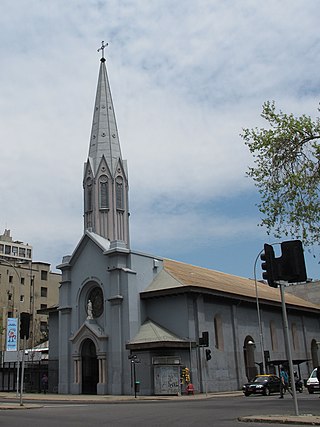
The Church of the Assumption —officially called La Asunción— was a historic Catholic temple located on Vicuña Mackenna Avenue with Barón Pierre De Coubertin Street, in the municipality of Santiago, in the city of the same name. This church was inaugurated in 1876, it was destroyed in 2020 due to an arson attack that occurred during the first anniversary of the social outbreak in Chile.
Sight 34: Museo de Química y Farmacia
The Professor César Leyton Caravagno Museum of Chemistry and Pharmacy was created in 1951 at the Faculty of Chemistry and Pharmacy of the University of Chile. At that time he sought to portray the aesthetics of the old apothecaries, then this objective was expanded to preserve the historical legacy of the development of chemical and pharmaceutical sciences. It is the only museum in Chile dedicated to the history of Pharmacy and is located at 50 Merced Street in Santiago, in a building that it shares with the College of Chemists-Pharmacists of Chile.
Wikipedia: Museo de Química y Farmacia Profesor César Leyton Caravagno (ES)
Sight 35: Fuente Alemana
The German Fountain of Santiago is a monumental fountain located in the Forest Park of the Chilean capital, at the height of Plaza Baquedano.
Sight 36: Monumento a los Escritores de la Independencia
The Monument to the Writers of Independence, located in the Forest Park of Santiago, the capital of Chile, is a marble obelisk that presents, on each of the faces of its pedestal, a bronze medallion in relief in homage to four writers of the independence of Chile: José Miguel Infante, Manuel José Gandarillas, Manuel de Salas and Camilo Henríquez.
Wikipedia: Monumento a los Escritores de la Independencia (ES)
Sight 37: Monumento a la Gloria
The Monument to Gloria or also known as the Monument of the French Colony to the Centenary of the Independence of Chile, is a memorial located in the Forestry Park, in Lastarria Barrio de Santiago, Chile, opposite the National Museum of Fine Arts of Chile. It was designed in conjunction with Chilean sculptor Guillermo Córdova and French architect Henri Grossin. Inaugurated in 1910, it was donated by the French community in Chile on the occasion of the celebrations of the country's Centenary.
Sight 38: Castillo Forestal
El Castillo Forestal, also known as El Castillito, is a building built at the beginning of the twentieth century and located in the northwest corner of Parque Forestal, in front of the National Museum of Fine Arts in the city of Santiago de Chile. Today, the site is home to the café-restaurant Brasserie du Château Forestal, and the Toy Museum.
Sight 39: Museo Nacional de Bellas Artes
The Chilean National Museum of Fine Arts, located in Santiago, Chile, is one of the major centers for Chilean art and for broader South American art. Established in 1880, the organization is managed by the Artistic Union.
Wikipedia: Chilean National Museum of Fine Arts (EN), Website
Sight 40: Museum of Contemporary Art
The Santiago Museum of Contemporary Art is located in Santiago, Chile. It is one of the city's major museums, created in 1947, and is run by the University of Chile Faculty of Arts. Since 2005, the museum has had two separate sites: MAC Parque Forestal and MAC Quinta Normal Park.
Wikipedia: Santiago Museum of Contemporary Art (EN), Website
Sight 41: Monumento a los Héroes de Iquique
The Monument to the Heroes of Iquique, also called the Monument of the Naval Glories or the Heroes of the Emerald, is located in the Plaza Capitán Prat, at the intersection of 21 de Mayo and Ismael Valdés Vergara streets, in downtown Santiago, Chile. Inaugurated on May 28, 1962 when Brigadier General (R) Ramón Álvarez Goldsack was mayor and mayor of the city, it was the first monument erected in the country's capital in honor of the heroes of the naval combat of Iquique.
Wikipedia: Monumento a los Héroes de Iquique (Santiago de Chile) (ES)
Sight 42: Mercado Central
Get Ticket*The Mercado Central de Santiago is the central market of Santiago de Chile. It was opened in 1872 and Fermín Vivaceta was in charge of its construction. The market replaced the Plaza del Abasto, which was destroyed by a fire in 1864.
Sight 43: Centro Cultural Estación Mapocho
Estación Mapocho is a former railway station that, since 1994, has been refitted as a cultural centre that hosts many kinds of events in Santiago, Chile.
Sight 44: Capilla de Animas
The Chapel of Animas is a Catholic temple located on Teatinos Street in the center of the city of Santiago, Chile. It was built in 1906, and its origin dates back to the temples built next to roads, so that travelers – in this case passengers arriving from the Mapocho Station – could have a place to pray and deliver offerings for their deceased relatives or the souls in purgatory.
Sight 45: La Piojera
La Piojera is a well-known chingana from Chinatown, near Mapocho Station, in the commune of Santiago (Chile). It is located on Aillavilú Street, almost in front of the Central Market. It is a famous "picá" in Chile, a symbol of the "guachaca culture" and the "republican spirit", that is, an icon of the so-called Chileanness.
Share
How likely are you to recommend us?
Disclaimer Please be aware of your surroundings and do not enter private property. We are not liable for any damages that occur during the tours.
GPX-Download For navigation apps and GPS devices you can download the tour as a GPX file.
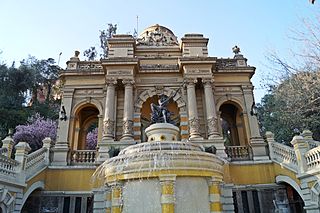
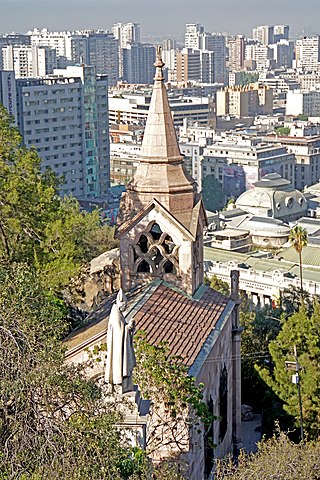
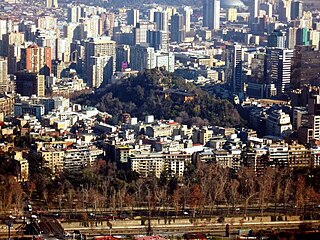
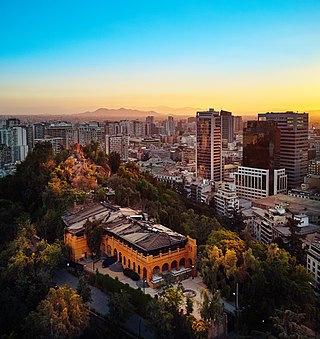
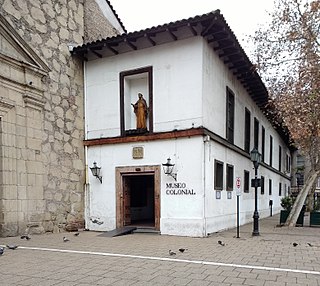
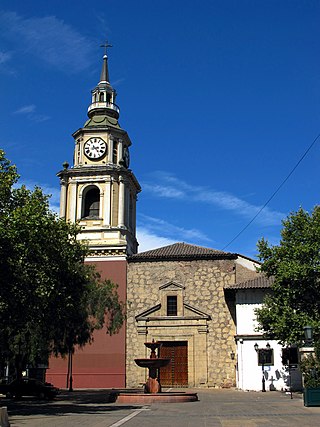
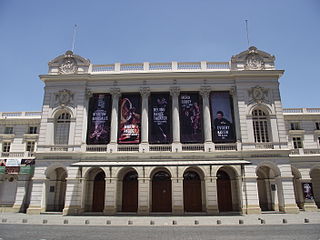
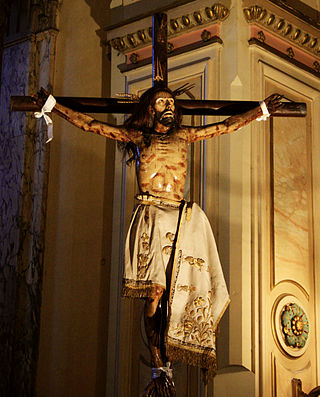
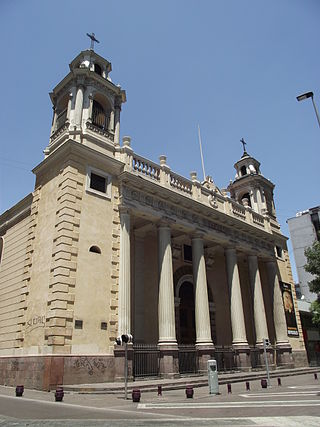
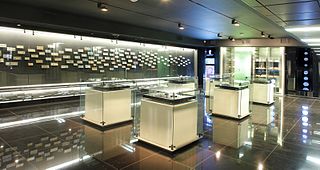
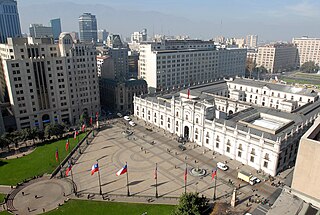
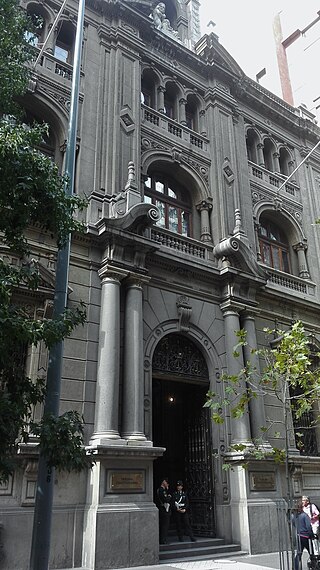
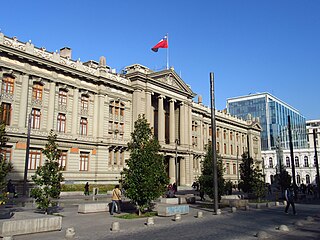
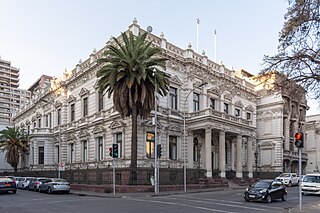
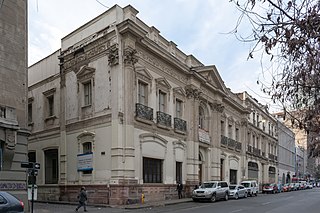
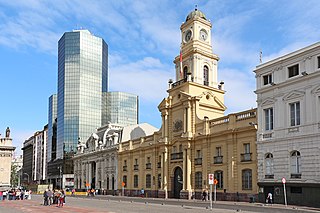
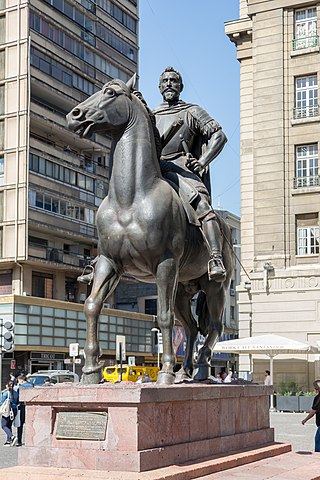
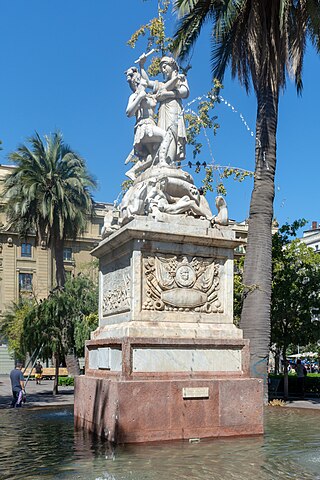
.jpg)
